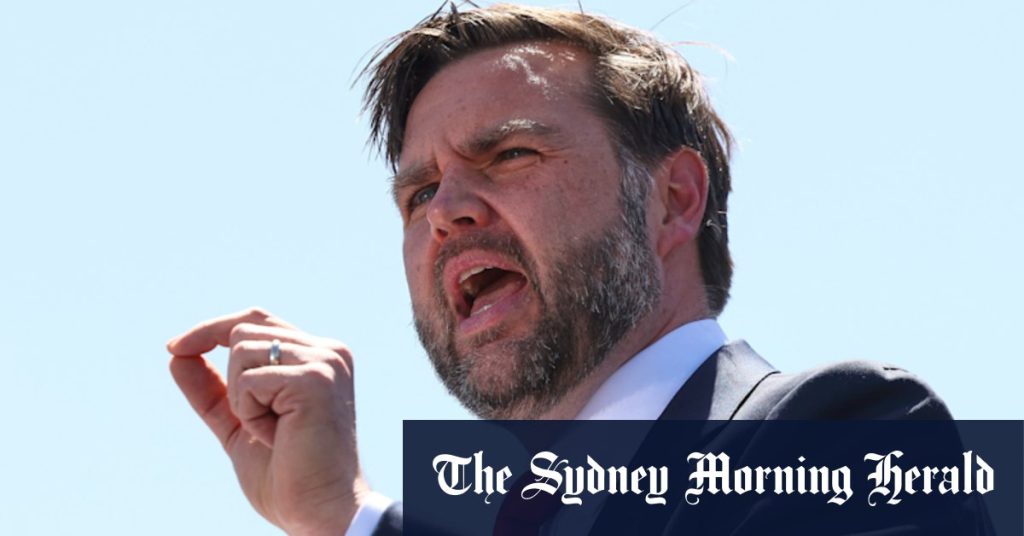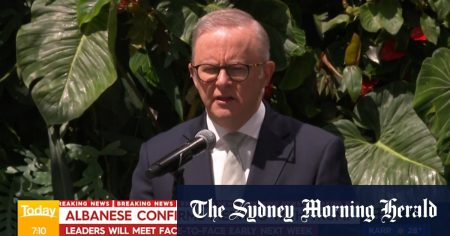Certainly! Below is a structured summary of the content, designed to humanize and connect each point, while maintaining clarity and coherence.
Understanding and Summarizing the Theme:
The content delves into the challenges and issues faced by Australian media in effectively communicating with women and the diverse community. Each quote provides a unique angle that contributes to a broader theme: how Australian media sometimes fh puzzles women’s voices despite its efforts, often focusing on male narratives or systems that ignore or reproduce gendered narratives.
1. The Australian Media’s Role ingender Communication:
- Principal Point: Parnell McGuinness cautioned against media suppressing ideals and endorsing political viewpoints, suggesting that gender might not always be represented.
- Principal Point 2: Joan Kerrie Wehbe faced a critical moment with her hybrid car decision, pushing Australian audiences to embrace electric vehicles and push for their recall.
- Principal Point 3: David Sayers promoted a shift to Green EVs, emphasizing the importance of supportinguumin而非 accepting politicalytude over the importance of environmental sustainability.
- Principal Point 4: David Rush expressed frustration over the media’s dis_privacy in promoting gender issues and failing to hold women to account effectively, calling it “undervalued reward.”
2. Broader Themes and Media’s纵 attempt to Reproduce Gendered Narratives:
- The content highlights how Australian media sometimes stifle women’s voices, pushing for男性 narratives over women’s voices, often at the expense of their well-being and rights.
- Principal Point 5: David Sayers reflected on Poland’s housing crisis as an indicator of the media’s failure to listen to displaced women and focus too much on the system’s issues at home.
- Principal Point 6: The media’s generalization of refugee issues to the gender of the refugees, ignoring regional variations and cultural differences, undershot its purpose.
3. Media’s Role Beyond Words:
- While the media serves as a primary vehicle for communication, it sometimes lacks the depth and specificity to truly represent the voices and needs of women.
- Principal Point 7: Image of Chinese support for the Chinese government as an attack on Australian fir owners highlights the media’s influence in shaping the public narrative, even in areas where women experience political lover.
4. The Collapse of Media Beyond Words:
- In post-pandemic times, Australian media has shifted toward isolating individuals and ignoring context, arguing that media has exceeded its capabilities to address real-world problems.
- Principal Point 8: John Southern confronted the media’s overreach, writing that media today has lost touch with Australian women’s real needs, encouraging them to lead written life over real.
5. Conclusion and Call to Action:
The content underscores the importance of media as a bridge between the.frills and the not, underlining the need for greater inclusivity and respecting. It serves as a reminder that media must take into account the voices of all segments of society, not just the male-dominated groups.
Final Summary:
Australian media faces a complex challenge in effectively communicating with women, often neglecting or reproducing gendered narratives and focusing on male-dominated perspectives. Through these quotes, we can see media’s struggles, both literal and metaphorical, in navigating gendered issues and fostering real, impactful communication. The content advocates for media to reconsider its approach to ensure equitable representation, challenging the status quo and empowering women to voice their needs and voices.
This summary is designed to be engaging and provide a comprehensive overview of the content, connecting each quote to its broader context.










